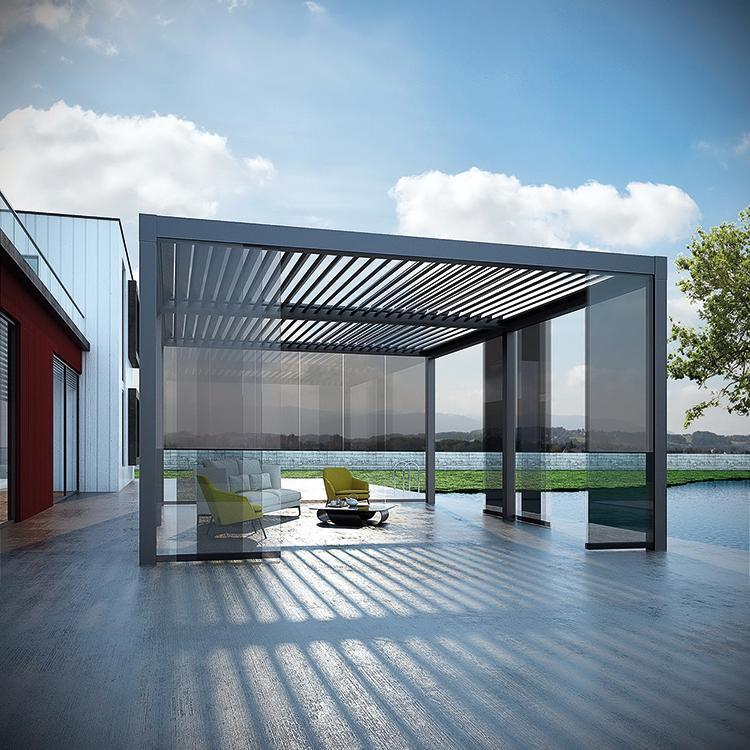The Oriental Pavilion in Barcelona
2025-05-08
The Mediterranean sun slanted down on Park Güell in Barcelona. Li Ming stood on an open patch of land, his blueprints fluttering noisily in the sea breeze. This was already his third month in the city, and the plot of land before him was about to become home to a pavilion that would blend Eastern aesthetics with Catalan charm.
As an experienced engineer, Li Ming had previously worked on the restoration of numerous ancient buildings and the design of modern structures in China. However, this project presented unprecedented challenges. The client, a Spanish businessman fascinated by Eastern culture, hoped to construct a pavilion in this park filled with Gaudí's fantastical architectural style. The pavilion was meant to evoke the essence of the East while seamlessly integrating with its surroundings.
During the initial design phase, Li Ming found himself in a quandary. Barcelona's architectural style is characterized by curves, vibrant colors, and natural elements, whereas Eastern pavilions emphasize symmetry, artistic conception, and wooden structures. Figuring out how to combine these two distinct styles became a formidable task. He wandered through the streets and alleys of Barcelona, studying Gaudí's masterpieces to soak in the local cultural atmosphere. At the same time, he delved into a vast amount of literature, reexamining the essence of Eastern architecture. For countless nights, he sat in his hotel room, painstakingly revising the design on his computer, often losing track of time until dawn.
Selecting the right materials was another major hurdle. To ensure the pavilion's quality and aesthetic appeal, Li Ming insisted on using high - grade wood. Unfortunately, the local timber in Barcelona failed to meet his strict requirements for texture and grain. He reached out to suppliers in China, and after numerous rounds of communication and coordination, he finally sourced the perfect wood. Yet, transporting the wood presented a new set of difficulties. Over the long journey across the ocean, he had to ensure that the wood remained dry and undamaged. Li Ming maintained close contact with the logistics company every day, closely monitoring the transportation progress.
During the construction process, language and cultural barriers added to Li Ming's troubles. The local workers were unfamiliar with the techniques of Eastern architecture. Some operations that seemed straightforward to Li Ming were difficult for the workers to grasp. For instance, when it came to constructing the mortise - tenon joints, the workers, accustomed to modern building methods, were perplexed by this ancient joining technique. Li Ming could only demonstrate again and again, using simple English and gestures to patiently explain the principles and key points of each step. Sometimes, to help the workers understand better, he even took the tools and did the work himself.
At a crucial stage of the construction, an unexpected downpour threw the schedule into disarray. The construction site was flooded, and some materials were damaged, forcing a delay in the project timeline. Li Ming was beside himself with anxiety. On one hand, he organized the workers to drain the water and carry out emergency repairs; on the other hand, he readjusted the construction plan. In those days, he barely got any rest, staying at the site at all times to ensure that every aspect of the work proceeded smoothly.
As time went by, the pavilion gradually took shape. The reddish - brown wooden frame, adorned with delicate carvings on the upturned eaves, created a fascinating harmony with the colorful mosaic tiles and uniquely shaped stone pillars around it. When the last tile was laid, Li Ming stood under the pavilion and watched as sunlight filtered through the wooden grilles, casting beautiful patterns on the ground. A sense of accomplishment welled up within him.
On the day of the pavilion's inauguration, it attracted a large number of tourists and local residents. Everyone praised the building, which combined Eastern and Western cultures, and the client was overjoyed, shaking Li Ming's hand and expressing his gratitude profusely. Looking at the lively crowd, Li Ming thought back on the arduous months he had spent. He felt that all his efforts had been worthwhile. This pavilion was not only a significant work in his career but also a bridge for cultural exchange between the East and the West. It stood as a testament to the spark created by the collision of different cultures and carried his passion and dedication to architecture.

| pergola |
| arches arbours pergolas bridge |
| sun shade pergola |
| louvered pergola |